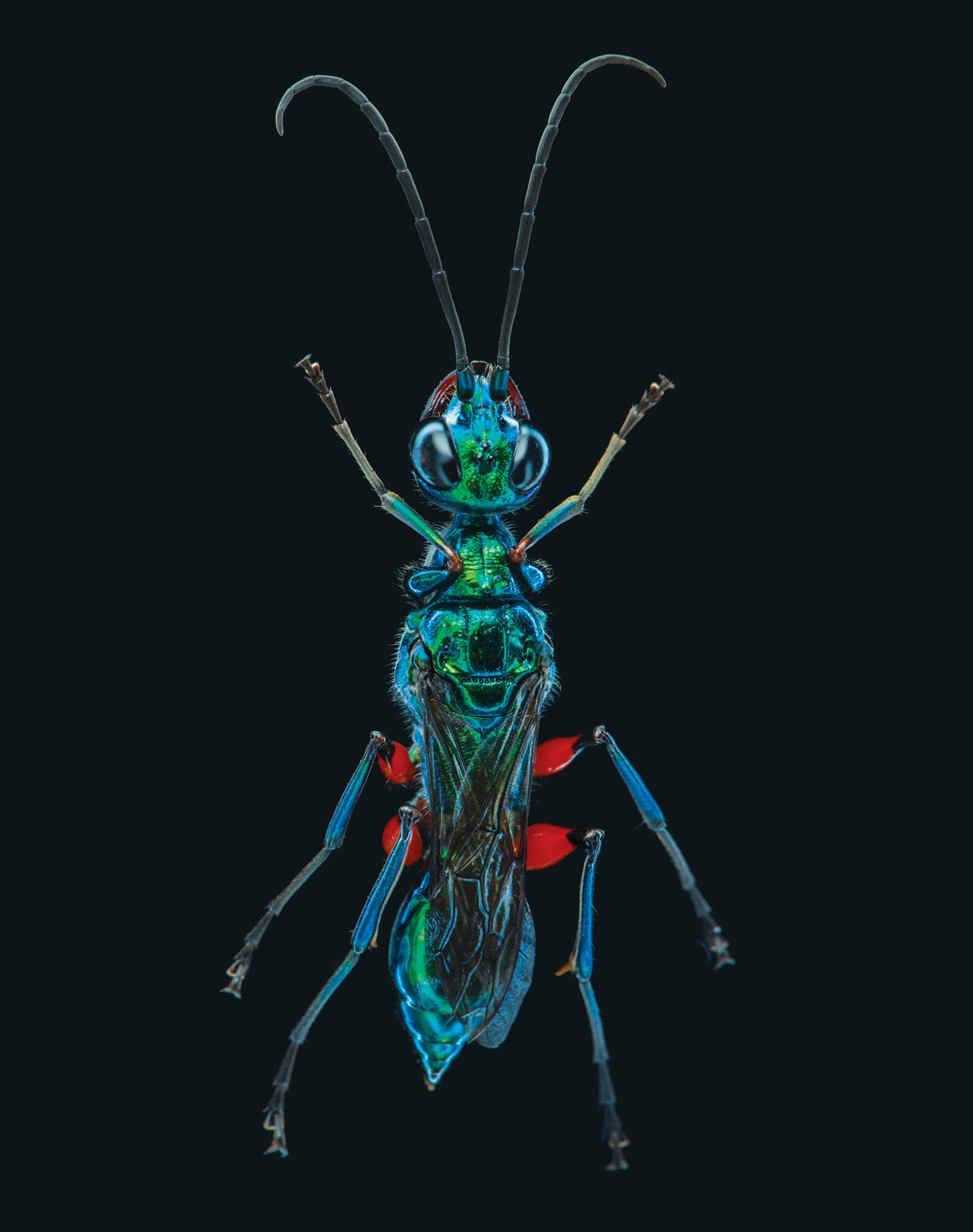Nature of the day
Out of context: Reply #1108
- Started
- Last post
- 1,202 Responses
- shapesalad3
Emerald Cockroach Wasp:
From Wiki - https://en.wikipedia.org/wiki/Em…
Reproductive behavior and lifecycle
Female wasps of this species were reported to sting a cockroach (specifically a Periplaneta americana, Periplaneta australasiae, or Nauphoeta rhombifolia)[2] twice, delivering venom. Researchers[7] using radioactive labeling demonstrated that the wasp stings precisely into specific ganglia of the roach. It delivers an initial sting to a thoracic ganglion and injects venom to mildly and reversibly paralyze the front legs of its victim. A biochemically-induced transient paralysis takes over the cockroach,[8] where the temporary loss of mobility facilitates the second venomous sting at a precise spot in the victim's head ganglia (brain), in the section that controls the escape reflex. As a result of this sting, the roach will first groom extensively, and then become sluggish and fail to show normal escape responses.[9] The venom is reported to block receptors for the neurotransmitter octopamine.[10]Once the host is incapacitated, the wasp proceeds to chew off half of each of the roach's antennae, after which it carefully feeds from exuding hemolymph.[2][3] The wasp, which is too small to carry the roach, then leads the victim to the wasp's burrow, by pulling one of the roach's antennae in a manner similar to a leash. In the burrow, the wasp will lay one or two white eggs, about 2 mm long, between the roach's legs.[3] It then exits and proceeds to fill in the burrow entrance with any surrounding debris, more to keep other predators and competitors out than to keep the roach in.
With its escape reflex disabled, the stung roach simply rests in the burrow as the wasp's egg hatches after about 3 days. The hatched larva lives and feeds for 4–5 days on the roach, then chews its way into its abdomen and proceeds to live as an endoparasitoid.[4] Over a period of 8 days, the final-instar larva will consume the roach's internal organs, finally killing its host, and enters the pupal stage inside a cocoon in the roach's body.[4] Eventually, the fully grown wasp emerges from the roach's body to begin its adult life.
- DamnGnash
- they are real enemies :)sted
- yeah crazy, I think I saw an Attenborough episode on it_niko
- When she's gorgeous aas hell but you know it's still not worth itProjectile
